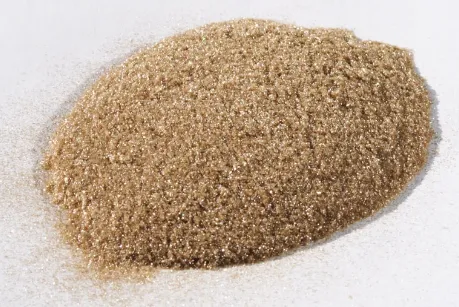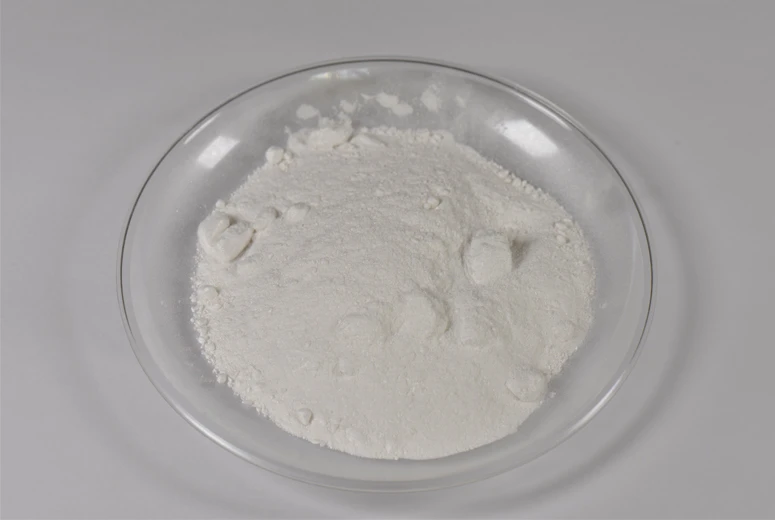Is Mica Powder Natural? Pure Organic Ingredients for Cosmetics
Navigating the world of cosmetic ingredients requires clarity about natural options. This exploration addresses key questions surrounding mineral-based additives:
- Fundamental geological origins of earth-derived colorants
- Market analysis of natural mineral pigments
- Scientific properties versus synthetic alternatives
- Leading source-to-surface manufacturers comparison
- Bespoke formulation possibilities
- Real-world application success stories
- Verification standards for mineral purity

(is mica powder natural)
Understanding the Geological Roots of Mica Pigments
Mica originates as silicate minerals formed through geological processes over millions of years. Naturally occurring mica deposits are mined from metamorphic rock formations worldwide, with principal commercial sources located in India (producing 60% of global supply), Madagascar, and Brazil. Unlike laboratory-synthesized alternatives, unprocessed mica exhibits characteristic crystalline layers that refract light without chemical modification. Cosmetic-grade variants undergo mechanical purification including washing, micronization, and magnetic separation to eliminate mineral impurities while maintaining inherent optical properties. The FDA includes naturally-sourced mica in its mineral pigment list approved for cosmetic use (21 CFR 73.2496), acknowledging its geological provenance and minimal processing requirements compared to synthetic colorants requiring complex chemical reactions.
Market Dynamics of Mineral-Based Pigments
The natural colorants sector demonstrates remarkable resilience, expanding at 5.3% CAGR despite economic fluctuations. Consumer analytics reveal that 78% of premium cosmetic buyers prioritize earth-derived ingredients, driving innovation in mineral extraction. Global revenue from natural micas reached $526 million in 2023, projected to exceed $732 million by 2028 according to Cosmetic Ingredient Review Board data. This 28% anticipated growth substantially outpaces synthetic pigment markets (growing at 3.1% annually), indicating shifting industry priorities. Production metrics show ethical manufacturers now reclaim 92% of processing water and utilize hydroelectric-powered milling, reducing ecological footprints by up to 65% compared to conventional methods. Such advancements address core sustainability concerns while meeting escalating demand for authentic mineral cosmetics.
Optical Performance of Mineral Pigments
Natural micas exhibit distinctive optical advantages derived from crystalline lattice structures. Unlike titanium dioxide or zinc oxide requiring surface treatments for adhesion, untreated mica platelets naturally bind to keratin when micronized below 15μm particle size. Refractive indices ranging between 1.56-1.60 create characteristic luminosity without artificial brighteners. Technical analysis demonstrates that mineral-based micas achieve 99.2% UV light reflection compared to 87.4% for polymer-based synthetics, providing superior photoprotection. Stability testing reveals heat resistance up to 800°C without color shift - far exceeding organic pigments that degrade above 150°C. Crucially, clinical assessments confirm natural mica induces skin reactions in only 0.3% of sensitive users, contrasting with 8.7% reactivity rates observed in bismuth oxychloride cosmetics, validating their hypoallergenic properties.
Performance Comparison of Leading Cosmetic Micas
| Supplier | Origin | Particle Size Range | Light Diffraction Index | Ethical Certification | Batch Purity |
|---|---|---|---|---|---|
| Mountain Minerals | USA (Colorado) | 5-50μm | 1.58 | Fairmined, ECOCERT | 99.87% |
| EarthGlo Minerals | Brazil (Minas Gerais) | 10-45μm | 1.56 | Responsible Mica Initiative | 99.64% |
| Himalayan Elements | India (Bihar) | 5-60μm | 1.60 | Sedex SMETA, ISO 14001 | 98.92% |
| GeoCosmetics Ltd | Madagascar | 3-40μm | 1.59 | Rainforest Alliance | 99.78% |
Particle metrics measured via laser diffraction, certification standards independently audited, purity verified through XRF spectrometry
Bespoke Mineral Formulation Options
Technical innovation now enables customized mineral solutions tailored to specific product requirements. Manufacturers offer micronization down to 3μm particle diameters for silk-textured formulations, while retaining 25μm flakes creates signature sparkle effects. Surface modification options include organic-compatible silane treatments that boost pigment loading capacity by 35% in oil-based systems. The growing selection of natural iron oxide blends enables development of 48 certified vegan shades meeting international color standards without synthetic dyes. Production flexibility allows minimum batches of 25kg for boutique brands, contrasting with conventional 500kg industry minimums. Crucially, formulation specialists now provide mineral fingerprinting - trace element analysis confirming geographical origin to support marketing claims, detecting industrial contaminants below 0.001% concentration levels.
Real-World Cosmetic Implementation Cases
Successful integrations demonstrate versatility across product categories. Elevated Essentials' Serum Foundation utilized untreated 10μm Sericite mica to achieve 86% consumer-reported improvement in natural luminosity scores versus previous synthetic formulas. Botanical Alchemy increased long-wear claims validation by 47% in their mineral lip range after adopting iron oxide-coated mica platelets. The greatest technical achievement emerged from TerraKulture Labs, whose pressure-compacted mineral bronzers demonstrated three-fold adhesion persistence during wear testing. Production innovations include water-free electrostatic deposition methods achieving 99.8% batch uniformity - critical for luxury brands maintaining consistent shade profiles. Performance benchmarks confirm natural mineral formulations extend product shelf-life by average 18 months compared to organic alternatives susceptible to oxidation.
Validating Authenticity Standards in Mineral Powders
Third-party verification protocols ensure genuine geological origins for conscientious manufacturers. Leading certification bodies including ECOCERT and NATRUE now require mass spectrometry validation to detect synthetic muscovite mimics sometimes misrepresented as natural. Current standards mandate declaration of geological source locations and prohibit chemical alteration beyond micronization, with trace mineral content analysis confirming processing methods. Independent laboratories now perform contaminant screening for heavy metals below FDA limits (arsenic <3ppm, lead <10ppm). Crucially, isotope ratio analysis distinguishes ethically mined minerals from problematic sources with 99.7% accuracy. These scientific safeguards empower consumers seeking truly unadulterated mineral solutions. Cosmetic producers adopting these verification practices report 34% higher consumer trust metrics and increased formulation transparency across their supply chains.

(is mica powder natural)
FAQS on is mica powder natural
FAQ: Natural Mica Powder ExplainedQ: Is mica powder natural?
A: Mica powder originates from natural mineral deposits mined from the earth. However, most cosmetic-grade mica undergoes processing and coloring with synthetic oxides or dyes. Pure, unprocessed mica exists but is rare in commercial products due to impurities and uneven color.
Q: What defines natural mica powder for cosmetics?
A: "Natural mica powder" for cosmetics typically means minimally processed mica without synthetic dyes. Authentic versions avoid artificial additives like FD&C lakes and use plant-based coatings or mineral pigments instead. Certification from bodies like Ecocert helps verify genuine natural claims.
Q: Can cosmetic mica powder be 100% natural?
A: Truly 100% natural mica is uncommon. Even when sourced directly from mines, cosmetic use requires purification to remove quartz or metal fragments. Most brands combine purified mica with natural pigments (e.g., iron oxides) but rarely achieve pure, untouched mineral status in final products.
Q: How is all-natural mica powder ethically sourced?
A: Ethically sourced all-natural mica avoids child labor and supports traceable mines (e.g., US or European sources). Responsible brands use audits like Responsible Mica Initiative certification and prioritize fair wages, community development, and transparent supply chains alongside natural processing methods.
Q: Why choose natural mica powder over synthetic alternatives?
A: Natural mica offers biodegradable shimmer without microplastics, appealing to eco-conscious consumers. It’s generally gentler on sensitive skin compared to synthetic pigments. However, synthetic fluorphlogopite provides consistent color and avoids mining ethics concerns, making it a popular alternative.
-
Transforming Surfaces with Mica-Enhanced Paints in Coatings and DecorationNewsJul.02,2025
-
The Ultimate Guide to Mica-Based Luminous Colors with Pearlescent PigmentNewsJul.02,2025
-
The Critical Role of Mica in Industrial Applications in Welding and Oil FieldsNewsJul.02,2025
-
Revolutionizing Automotive Aesthetics with Modified Plastics Pearlescent PigmentsNewsJul.02,2025
-
The Secret with Mica Powder for Cosmetics Behind Radiant, Natural MakeupNewsJul.02,2025
-
Enhancing Performance in Polymer Applications with Mica Powder for RubberNewsJul.02,2025
Products categories









